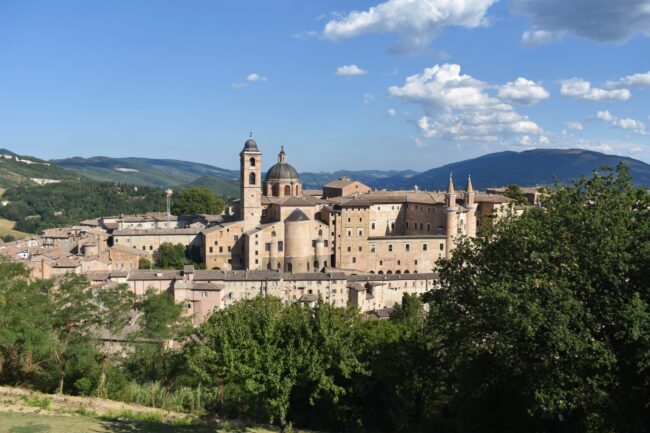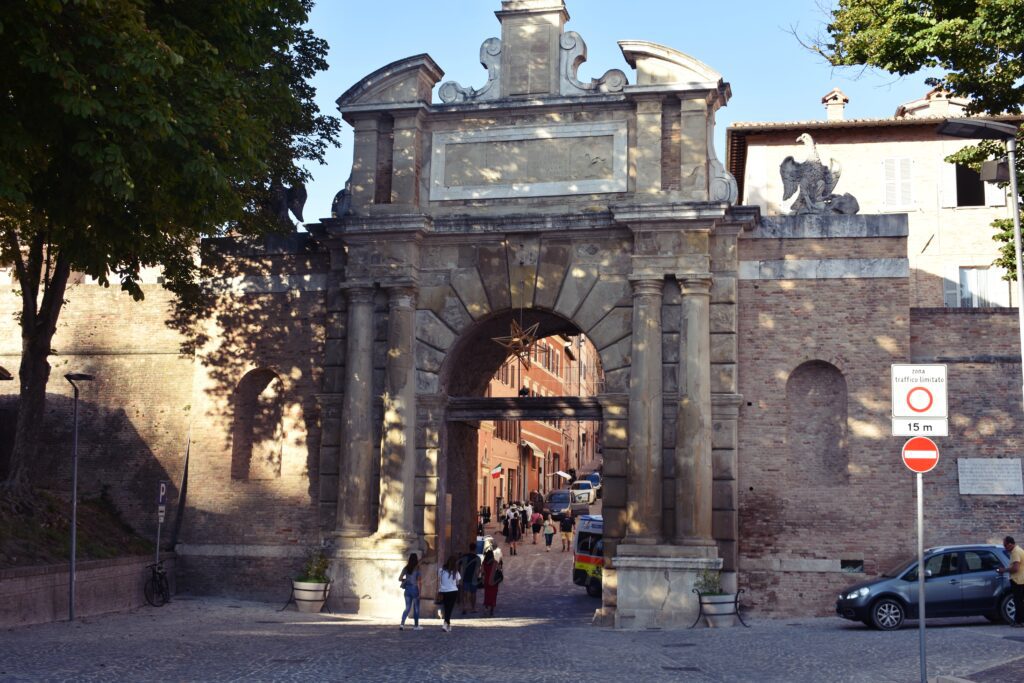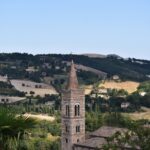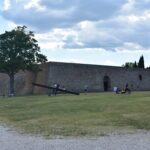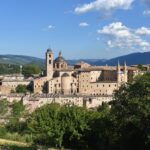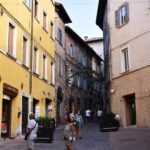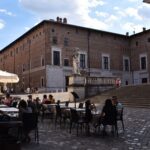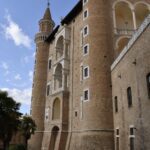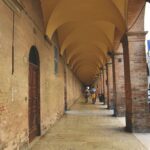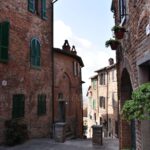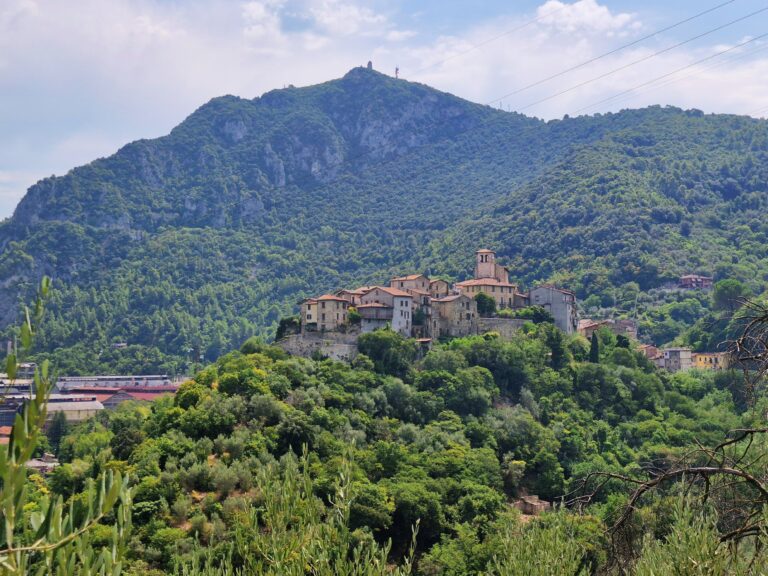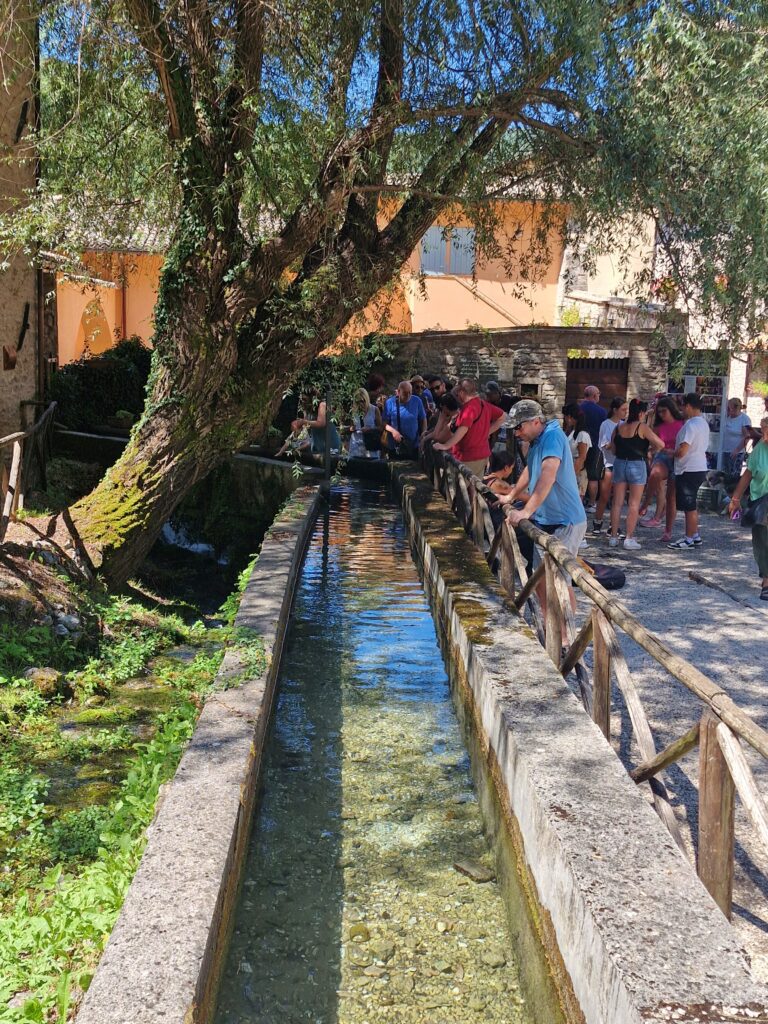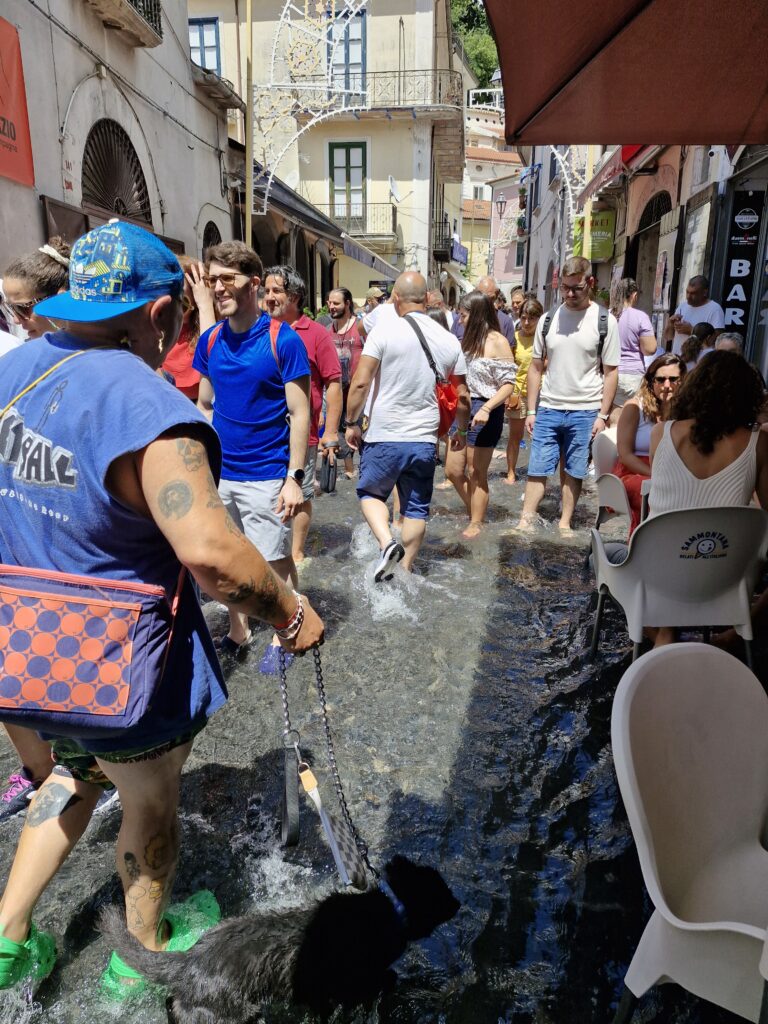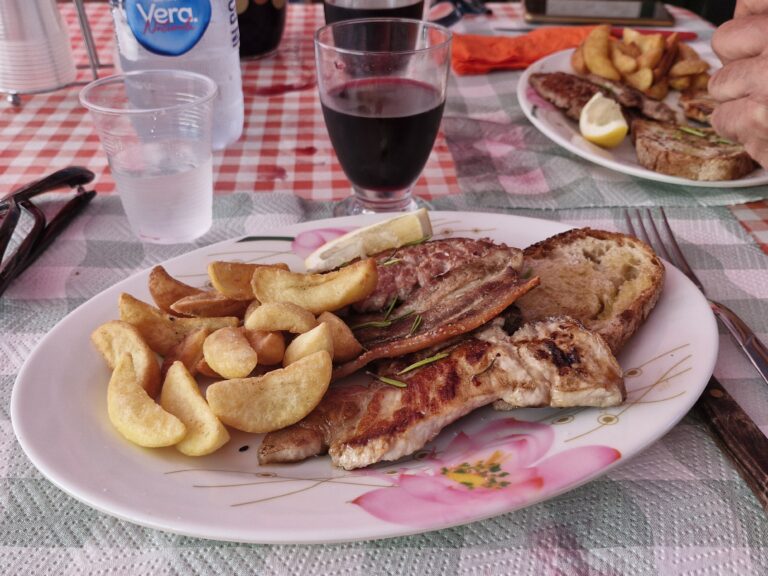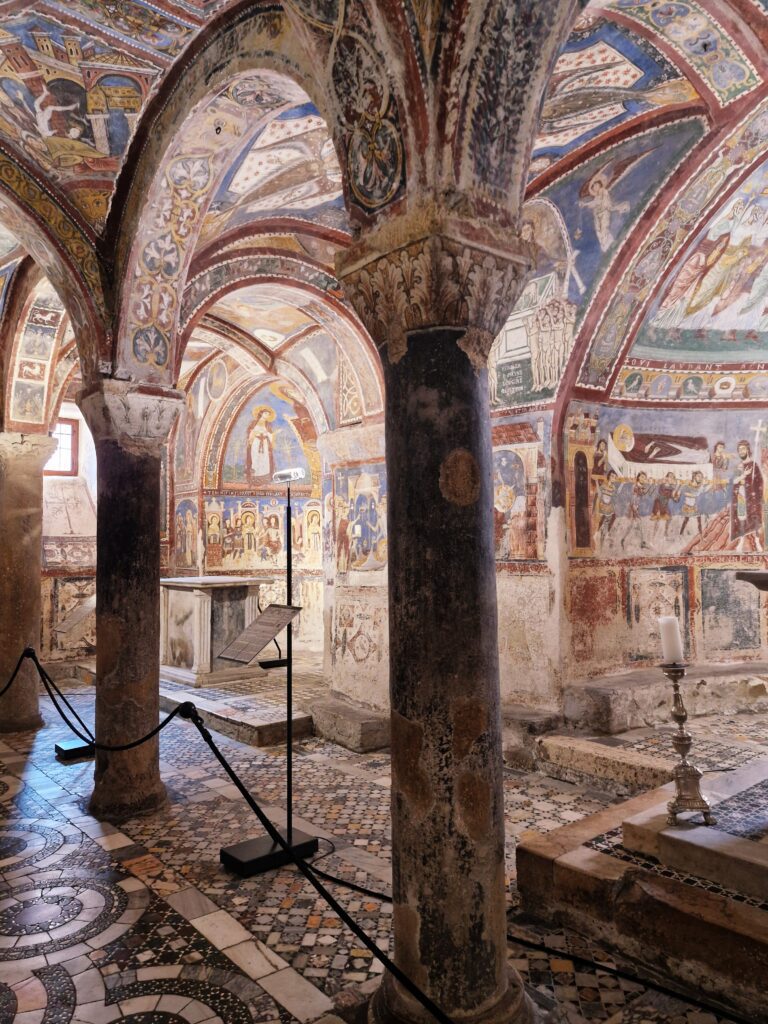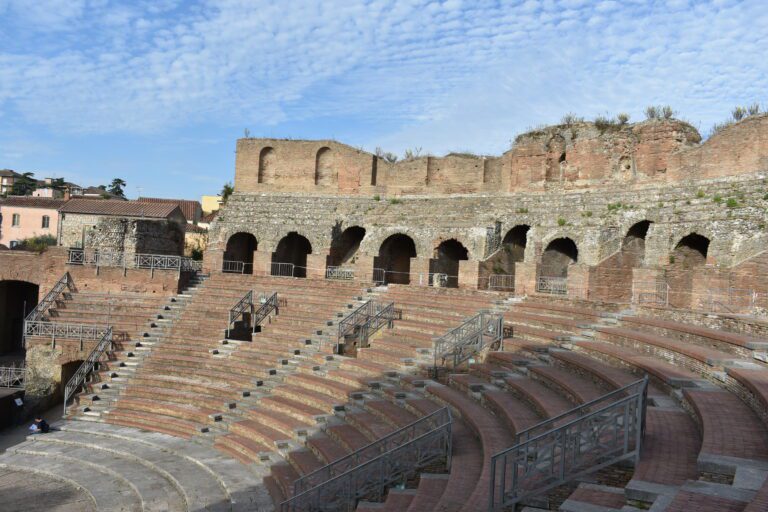If the beautiful Renaissance Urbino were in Tuscany, it would probably be swarming with tourists. But it is in the Marche, on the wrong side of the Apennines. It is also not the easiest accessible place, you can’t get there by train or plane, so it is still relatively free of crowds.
I hope it stays that way, even though Reneissance Urbino is a beautiful city and definitely worth a visit.
How to get to Urbino.
The best option is a car and GPS, but remember that you’ve to park outside the old town. Borgo and several other monuments are located in a restricted traffic zone (ZTL).
Non-motorized people should first catch a train from Ancona to Pesaro or Fano, and from there a bus to Urbino. There is no direct flight to the city – the nearest airports are in Ancona and Rimini.
A bit of history:
The city was founded by the Romans and was called Urbinum Mataurense. In ancient times, the town experienced ups and downs, but Urbino’s golden age fell during the Renaissance; in fact, it’s considered the cradle of the Renaissance. The Montefeltro family’s rule contributed to the city’s development; especially under Duke Federico II da Montefeltro, the place flourished, hosting intellectuals and artists from all over the country.
Most of the Renaissance architecture that can still be admired in the city was inspired by some of the greatest names of the time. For example, the city walls were designed by Leonardo da Vinci. Urbino was the birthplace of painter Raphael and under the portico of his childhood home in September 1860 the last soldiers of the papal army resisted the unification of Italy.
In 1508 the duchy passed into the hands of the Della Rovere, who continued to gather around themselves musicians and scenographers, artists and writers; however, the court moved its seat to Pesaro, and it was marginalized in relation to the coastal centers. The town fortunately resisted the urban changes in the 19th century and the city has remained practically intact to this day.
What is Urbino famous for today
Of course, for the famous painter Rafaello, one of the most prolific artists of the Renaissance. To this day, the town is associated with art, crafts and culture. It is home to one of the best Italian universities, which is why the city has more students than residents. As a result, Urbino is full of young people who create a lively atmosphere.
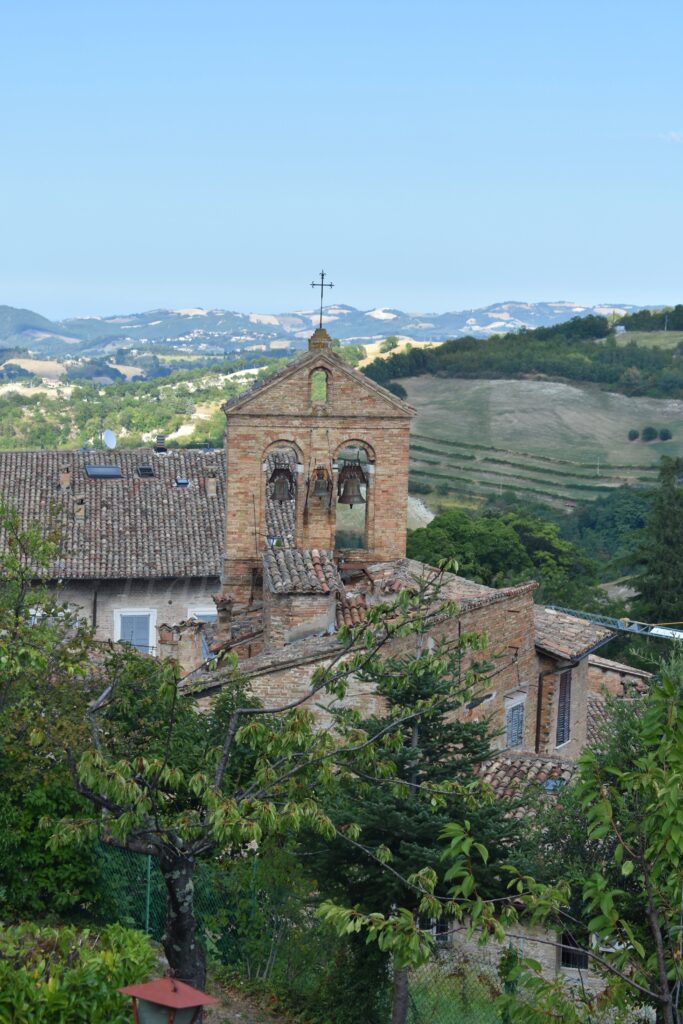
What to see in the city:
Before visiting, Mauro said that Urbino was beautiful. I was quite skeptical; for Italians, everything Italian is beautiful, and we don’t necessarily have the same taste.
The first thing I saw in the city was a church with a reproduction of Rafaello’s tomb.
Then we went to the viewpoint in Parco della Resistenza, but only because there were supposed to be toilets. There were no toilets, but what I saw left me speechless – the panorama is breathtaking.
I looked at the old town with the Pallazo Ducale built in the 15th century by Federico II da Montefeltro. I couldn’t tell if my first thought was beautiful or huge. The palace is actually a small town surrounded by defensive walls. It is impressive and can certainly compete with cities in Tuscany. The Pallazo Ducale now houses the Galleria Nazionale Delle Marche (National Gallery of the Marches) and exhibits some of the most important masterpieces of Renaissance art. (The ticket cost 8 euros)
In the Parco della Resistenza itself, which has no toilets, you can visit the Fortezza Albbornos. The entrance fee is (or was) 1.50 euros. The fortress looks much better from the outside than from the inside, but the view from there is great.
Since Raphael Sanzio was from Urbino, the house where the artist was born has been converted into a museum. It is easily accessible from the central square, and visiting hours can be found here . Thanks to private individuals and public institutions, the museum has collected many exhibits closely related to Raphael, as well as documenting the history of the town. To the left of the main entrance is Giovanni Santi’s studio, currently used as an art gallery.
Why is it worth visiting Urbino:
First of all, in my opinion, the city has a Renaissance atmosphere in the air. This place exudes history, which you can feel walking along the wide streets among the beautiful houses.
Urbino is a city with rather steep streets, which is why many of them have nice wrought-iron railings on the sides.
Walking around the city can be a bit tiring, but also good for improving your fitness. There is a mini-train for tourists, but in my opinion it’s best to explore and get to know places on foot. Besides, when trudging up the hills I didn’t have any caloric pangs of conscience after eating a delicious yogurt with several sauces and no less delicious ice cream.
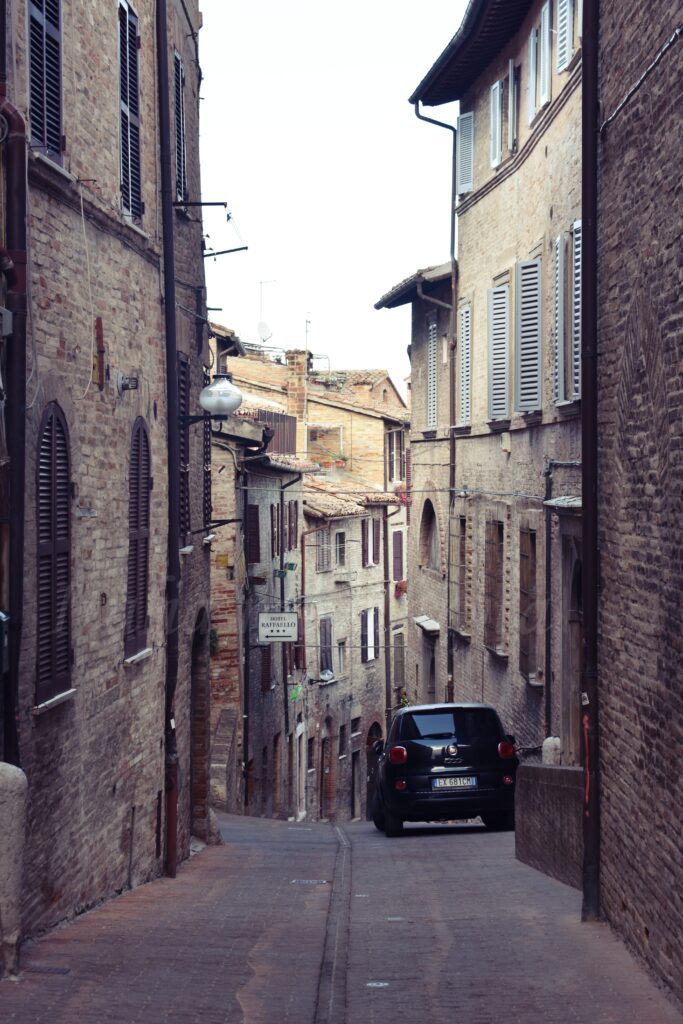
The city is full of secrets, such as the fact that the Palazzo Ducale acts as an amplifier, thanks to which all the people could hear the prince; it was undoubtedly an incredible pleasure, especially when the prince was using the loo. Nothing better than listening to the prince’s sounds. Even the building’s façade has a curiosity: if you talk to someone through the side columns, you can hear each other as if you were one step away. This trick was used by guards in the past to communicate.
Urbino is located in a part of the Marche where you can do much more than just explore the city.
Lovers of good food will find their mini-paradise here. The areas around Urbino are protected, the farms have been converted to organic, so the food is of high quality. The local gastronomy is famous for truffles, mushrooms, and cheeses. So if you want to get a taste of a lifestyle in which well-being and health are fundamental values, Urbino will meet your expectations. Outdoor enthusiasts can go kayaking, trekking, cycling, motorcycling, orienteering and so on.
Is it then worth visiting Urbino? Absolutely. If you want to feel the history and time standing still, this place has to be on your ‘to see’ list.

